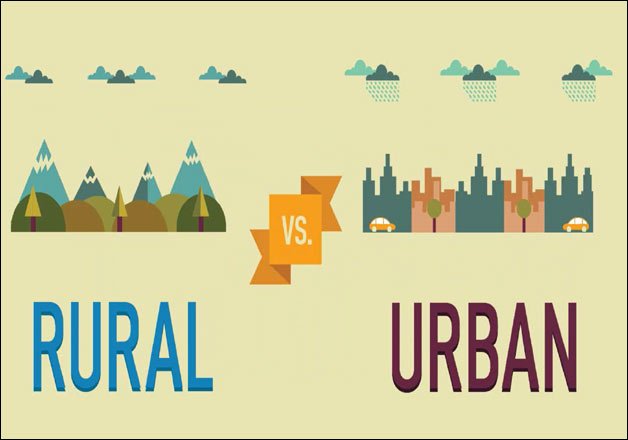In the best of times, the poor people in India lead a fragile existence but in the worst of times, their situation becomes extremely uncertain and dangerous. The lockdown implicated by the govt. on the country over the past few months has discomfited everyone but it has hit the urban poor the hardest.
Measuring the vulnerability of the poor people accurately is difficult but an analysis based on data from official sources suggests that even in the most optimistic scenario, close to 30% of India’s urban population could run out of savings and will become unable to cover essential expenditure by the end of June. Although the rural poor people are also hit hard because of the lockdown, they are relatively better off with better savings and welfare support to fall back on.
According to one survey, 84% of households in India suffered a loss in income since the lockdown. Indians are now relying more on their savings to cover essential expenditure as there is no income. But for the poorest people in cities, these savings rapidly dried up. To make an estimate of how quickly savings are running out, consider different scenarios of income losses for the poorest 50% of Indians (rural and urban separately) during the lockdown. For example, in the worst-case scenario, we assume that incomes in cities fell by an average of 82% across the three phases of lockdown implemented between April and June while the impact of lockdown in rural India was not so severe, we assume incomes in the rural area fell by 66%. These scenarios are created on the basis of different studies all of which show a report of income losses within these ranges.
Taking into consideration the support given by the government to farmers of our country and faster reopening of the economy in rural areas of the country, it is estimated that rural people would be able to cover essential consumptions till July end. But the situation in urban India is different, about 139 million Indians (30% of the urban population) would still run out of savings by the end of this month. Based on the data provided by RBI it is evident that urban poor spend much more on essentials that rural poor. The one main reason for this is that the cost of essential items is costlier in an urban area than rural. The house rent expense and transportation expenses are also costlier in the urban area. From the data provided by the National Sample Survey (NSS) on household consumer expenditure, it is evident that savings of urban poor have come down by June end in comparison to savings pre-lockdown.

